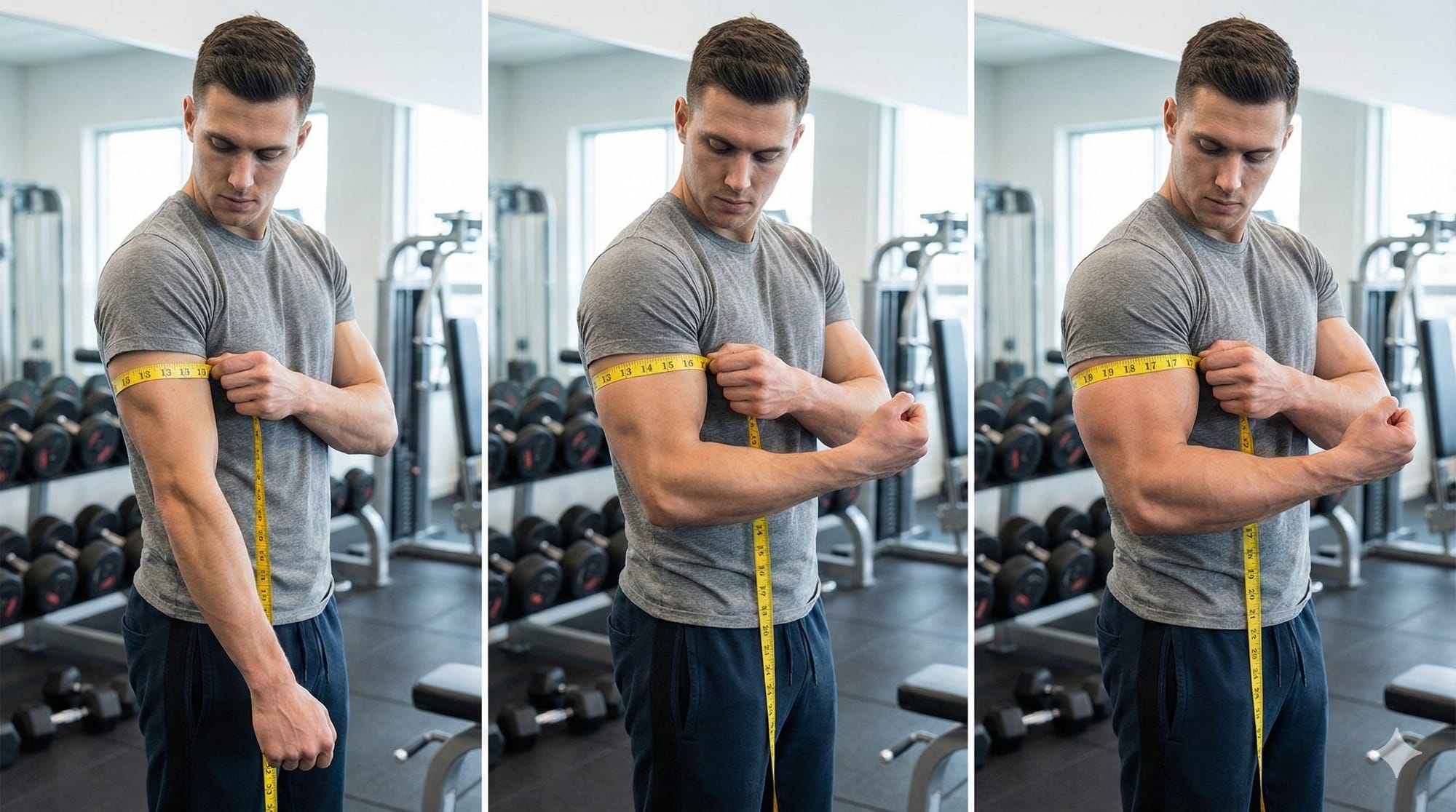Are you looking to maximize your fitness results by combining strength and conditioning? This comprehensive guide explains everything you need to know about hybrid training, from scientific benefits to practical workout plans.
The fitness landscape is evolving rapidly, and at the forefront of this evolution is hybrid training - a revolutionary approach that combines strength training with cardiovascular conditioning to create well-rounded athletes. As we move through 2025, this training methodology has emerged as more than just a trend; it's becoming the gold standard for optimal fitness results.
What is Hybrid Training?
Hybrid training integrates both strength and conditioning work, either within the same session or across a training week. Unlike traditional approaches that separate cardio and weights, hybrid training acknowledges that our bodies aren't designed to excel in just one domain. This methodology allows you to:
- Build and maintain muscle mass while improving cardiovascular fitness
- Enhance overall athletic performance
- Reduce injury risk through balanced development
- Improve metabolic flexibility and body composition
The Science Behind Hybrid Success
Research has demonstrated that combining strength and endurance training can lead to superior results compared to focusing on either discipline alone. Studies show that hybrid training:
- Burns up to 25% more calories compared to standalone workouts
- Improves cardiovascular health more effectively than isolated training methods
- Enhances muscle growth while maintaining endurance capacity
The HYROX Revolution: How Competitive Fitness is Changing Training
The explosive growth of HYROX competitions has helped popularize hybrid training. This standardized fitness race combines:
- 8 x 1km runs
- Functional workout stations between runs
- A format accessible to both beginners and elite athletes
Why HYROX Works: The competition's structure perfectly embodies the principles of hybrid training, challenging both strength and endurance in a single event.
Building Your Perfect Hybrid Training Program
Weekly Structure Example
| Day | Morning | Evening |
|---|---|---|
| Monday | Lower body strength | HIIT intervals |
| Tuesday | Upper body strength | Rest |
| Wednesday | Low-intensity cardio | Rest |
| Thursday | Lower body hypertrophy | Conditioning |
| Friday | Upper body hypertrophy | Rest |
| Saturday | Long endurance session | Rest |
| Sunday | Complete rest | Recovery work |
Essential Hybrid Training Workouts
1. The Strength-Cardio Fusion
Complete 4 rounds:
- 250m row/run
- 20 dumbbell push presses
- 15 dumbbell hang cleans
- 10 renegade rows
- 5 devil presses
2. The HYROX Prep Circuit
Perform 3 rounds:
- 400m run
- 20 sandbag squats
- 30 burpees
- 20 kettlebell swings
- 1-minute plank hold
Programming Tips for Success
- Balance Intensity and Volume
- Start with 2-3 strength sessions per week
- Include 2-3 conditioning sessions
- Allow for adequate recovery between sessions
- Exercise Selection
Focus on compound movements that deliver the most bang for your buck:
- Squats
- Deadlifts
- Pull-ups
- Push-ups
- Rowing
- Kettlebell swings
- Recovery Protocols
- Ensure 8+ hours between same-day sessions
- Schedule complete rest days
- Use active recovery techniques like mobility work
Common Mistakes to Avoid
- Overtraining
Don't try to do everything at once. Start conservatively and build up gradually. - Poor Exercise Sequencing
Perform strength work before cardio when training both in the same session. - Inadequate Nutrition
Hybrid training demands proper fueling. Ensure adequate protein and carbohydrate intake for recovery and performance.
Benefits Beyond Performance
Hybrid training offers advantages that extend beyond the gym:
- Improved Daily Function: Better ability to handle real-world physical demands
- Enhanced Mental Resilience: Develops psychological toughness through varied challenges
- Time Efficiency: Maximizes results from limited training time
Sample 4-Week Progression Plan
Week 1: Foundation
- 2 strength sessions
- 2 conditioning sessions
- Focus on form and building base fitness
Week 2: Volume
- Add one additional hybrid session
- Increase workout duration by 10%
- Maintain intensity levels
Week 3: Intensity
- Introduce more complex movement combinations
- Increase weights in strength portions
- Reduce rest periods
Week 4: Peak
- Full integration of strength and conditioning
- Test performance in benchmark workouts
- Evaluate progress and adjust future training
Nutrition for Hybrid Athletes
Key Principles:
- Eat sufficient protein (1.6-2.2g per kg of bodyweight)
- Time carbohydrates around workouts
- Stay hydrated throughout the day
- Consider supplementation (creatine, protein powder)
Getting Started
- Assess Your Current Fitness
- Test baseline strength numbers
- Evaluate cardiovascular capacity
- Identify limiting factors
- Set Clear Goals
- Define specific performance targets
- Create realistic timelines
- Plan progression steps
- Start Gradually
- Begin with 2-3 sessions per week
- Focus on fundamental movements
- Build volume before intensity
Measuring Progress
Track these key metrics:
- Strength numbers in core lifts
- Running/rowing times
- Body composition changes
- Recovery quality
- Energy levels
Frequently Asked Questions About Hybrid Training
Can beginners do hybrid training?
Yes, beginners can start hybrid training by focusing on fundamental movements and gradually increasing intensity and complexity.
How often should I do hybrid training?
Most people see optimal results with 3-4 hybrid training sessions per week, allowing for adequate recovery between workouts.
Will hybrid training help me lose weight?
Yes, hybrid training is highly effective for fat loss as it combines the calorie-burning benefits of cardio with the metabolism-boosting effects of strength training.
Can I build muscle with hybrid training?
Absolutely! When properly programmed with adequate nutrition, hybrid training can effectively build muscle while improving conditioning.
Conclusion: Embracing the Future of Fitness
Hybrid training represents the evolution of fitness, moving away from specialized training toward a more balanced, functional approach. As we continue through 2025, this methodology is becoming increasingly relevant for both competitive athletes and fitness enthusiasts.
Key Takeaways:
- Hybrid training combines strength and conditioning for optimal results
- Follow a structured program with proper progression
- Focus on recovery and nutrition
- Track your progress using multiple metrics
- Start gradually and build up over time
Remember, the key to success with hybrid training lies in proper programming, consistent progression, and adequate recovery. Start where you are, progress methodically, and watch as your fitness reaches new heights across all domains.














